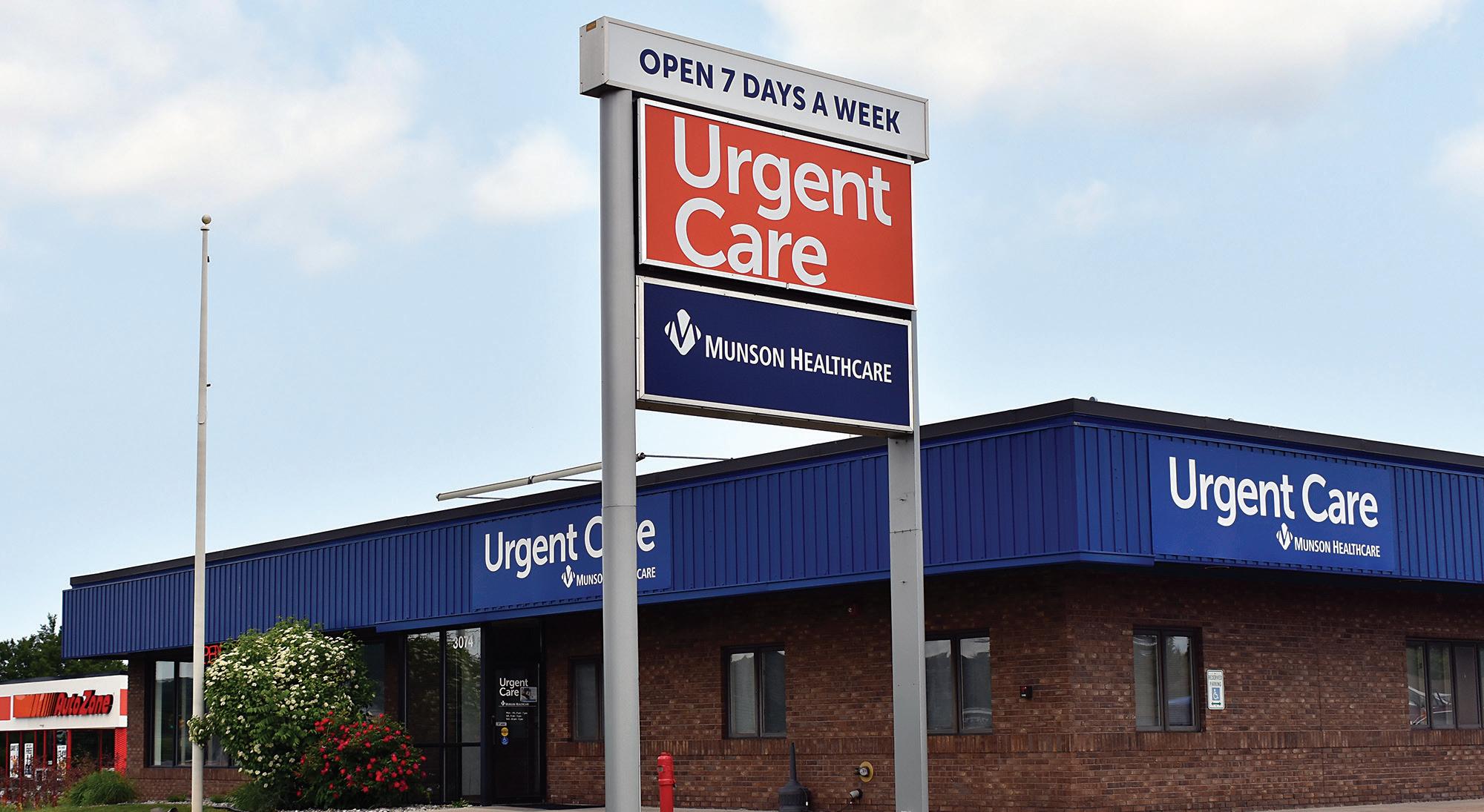
5 minute read
TAKING PAINS
from TCBN July 2023
Munson’s campaign to cull summer emergency room traffic
By Craig Manning
It’s officially summertime in northern Michigan, which not only heralds the busiest part of the year for local hotels, restaurants, retail stores, beaches, trails, wineries, and roads, but also the peak season for Munson Healthcare.
According to Dr. Joe Santangelo, who serves as Munson’s chief quality and safety officer, local summertime population swell – spurred by tourists, seasonal residents, college students back in town, and other factors – inevitably leads to substantial increases in emergency room visits.
As the healthcare system gears up for another busy summer, it’s leaning on two new COVID-era tools – the Ask-A-Nurse hotline and the Virtual Urgent Care clinic – to minimize the seasonal strain on its emergency department.
“We know that the summer is the most important time for us to be thinking about (managing traffic in our emergency department),” Santangelo said.
Santangelo says the hospital staff see 40% more ER patients in the summer than the winter.
“So, it’s really important for us to be thinking through lots of different initiatives to make sure that ... they get the best care and the shortest wait time possible,” he said.
To reduce pressure on the ER, Munson time, the healthcare system was trying to discourage patients from coming to the hospital except for in the case of an emergency.
Ask-A-Nurse launched as a free hotline for patients to speak to a registered nurse, potentially saving a trip to the doctor or the emergency room in the process.
Santangelo says that in three years, Munson RNs have answered more than is looking for more efficient ways to triage patients, so that the only people coming to the emergency department are the ones who truly require emergency care.
According to Santangelo, those consultations sometimes result in patients coming to the emergency department anyway: A virtual urgent care doc might talk with a patient, determine that person’s case is severe enough to merit immediate action, and refer them to the emergency room.
More often, Santangelo says patients who use the Virtual Urgent Care service might also receive a referral to a specialist, a prescription, or other treatment instructions.
Since its launch, about 3,300 patients received care for allergies, coughs or colds, COVID-19, light sprains or strains, painful urination, pink eye, sinus infections, skin rashes, insect bites, abrasions, cold sores, sore throats, or tooth pain.
One way is the Ask-A-Nurse hotline, which Munson launched in 2020. At the
80,000 calls to the Ask-A-Nurse hotline.
Munson also began offering Virtual Urgent Care last March. Through that system, a patient can check in with a physician digitally and get help with a specific illness or condition.
So far, Santangelo thinks the Ask-ANurse and Virtual Urgent Care programs are doing a good job of slowing down traffic to both Munson’s emergency department and its urgent care clinics.
“We have lots of great anecdotal evidence of people who either called the Ask-A-Nurse hotline or used Virtu- al Urgent Care instead of going to the emergency department,” he said.
Munson has begun promoting Ask-ANurse and Virtual Urgent care to locals, and the numbers so far primarily represent local adoption. With acknowledgement that much of the summer ER rush comes in the form of visitors, the healthcare system is taking steps this summer to communicate these offerings more effectively.

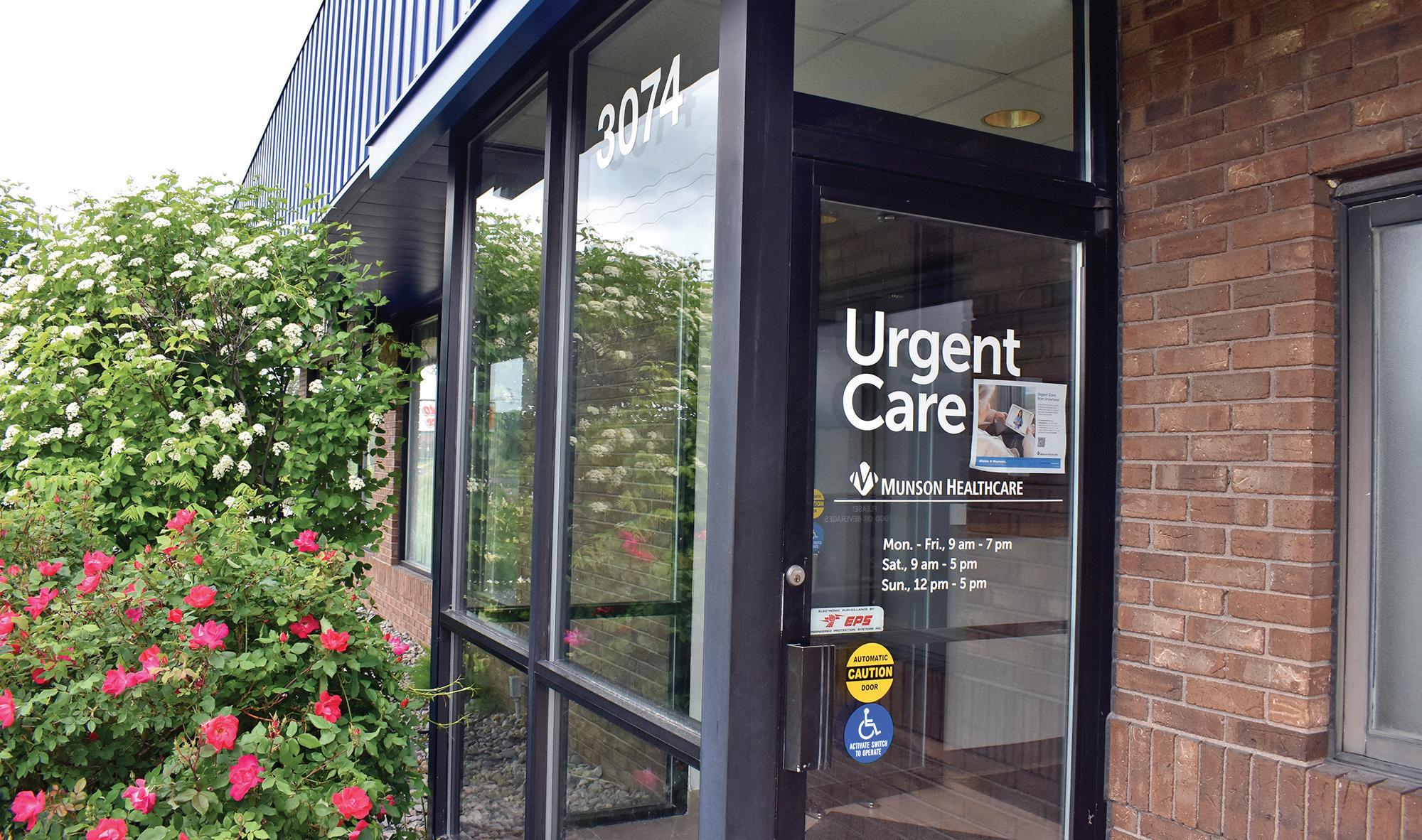
According to Megan Brown, Munson’s chief marketing and communications officer, the next step in the campaign for Munson is a brand-new partnership with Traverse City Tourism (TCT) that will seek to reach tourists this summer season.

The specifics of that initiative are still in the works, but Brown said the tactics will likely include partnerships with hotels to get information about local medical resources to guests who are visiting the region.
The ultimate goal, Santangelo says, is to create a situation that is better for all parties. Less traffic at the emergency department makes it easier for ER docs and nurses to do their jobs, ensures quicker responsiveness (and potentially life-saving care) to patients experiencing actual medical emergencies, and means less frustration and shorter waits for patients whose situations may not be as high-priority for emergency department triage staff.
“If somebody presents with a mild rash, we are absolutely going to take care of them, but that doesn’t have the same severity of illness as somebody who comes in having a heart attack, or having been in a car accident,” he said. “As a result, they might wait awhile.”
Under triage, these various different medical situations are assigned scores that indicate their severity and need for emergency response. The scale is 1-5, with 1 indicating the highest level of severity and 5 representing the lowest. Chest pains and heart attack symptoms, Santangelo said, will always score as a 1 or 2. A rash would be more likely to be assigned a 4 or 5.
As Munson embarks upon its summer campaign to divert patients with less severe medical situations away from the emergency department, the healthcare system will be keeping track of those scores and where they land across the spectrum.
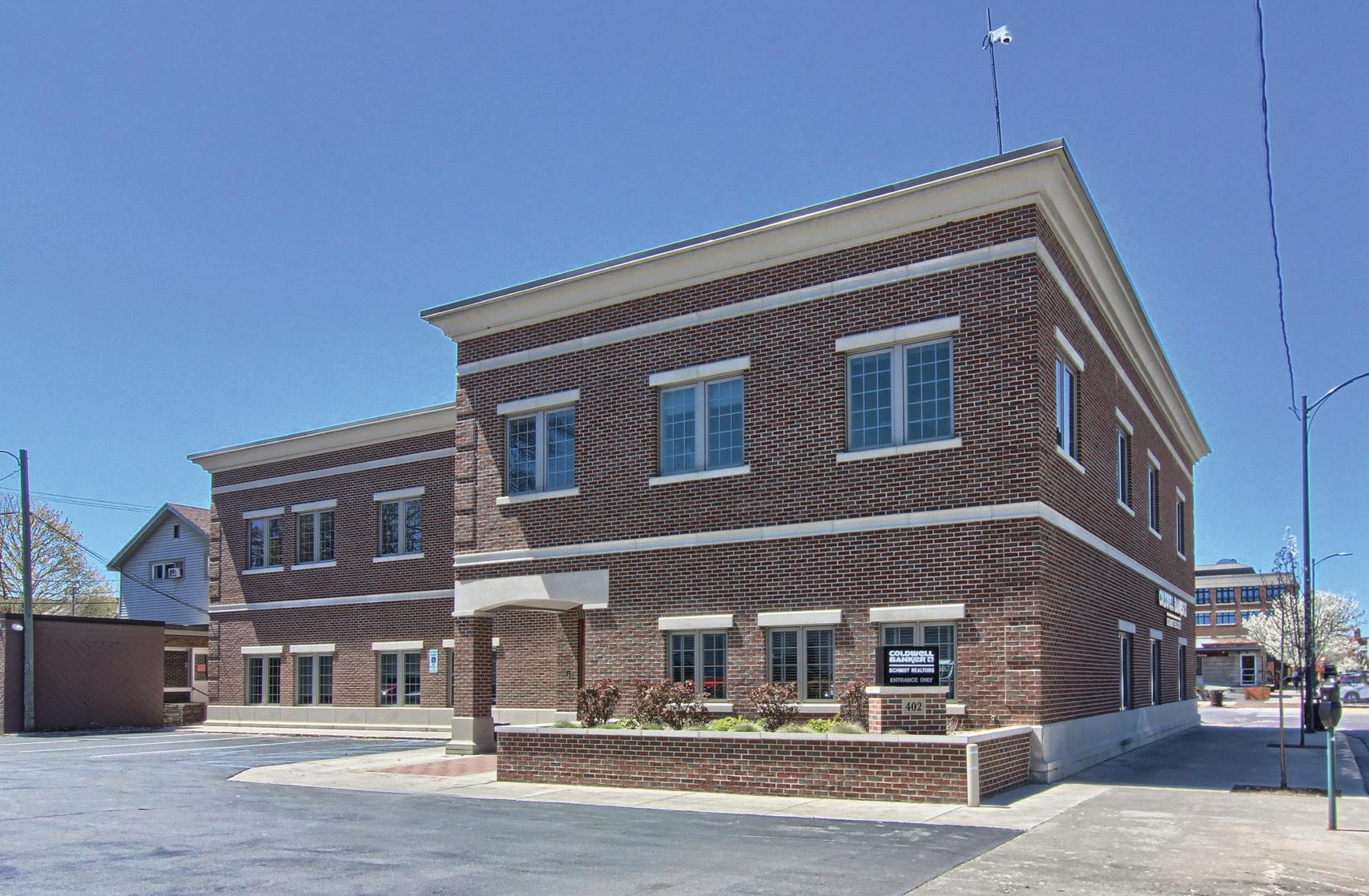
“We want to reduce the number of 4s and 5s in the emergency department by sending them to the right place at the right time – whether that’s primary care, virtual urgent care, or somewhere else,” Santangelo said. “And then, as a result, the 1s, 2s, and 3s would be seeing more efficient wait times and better quality care.”
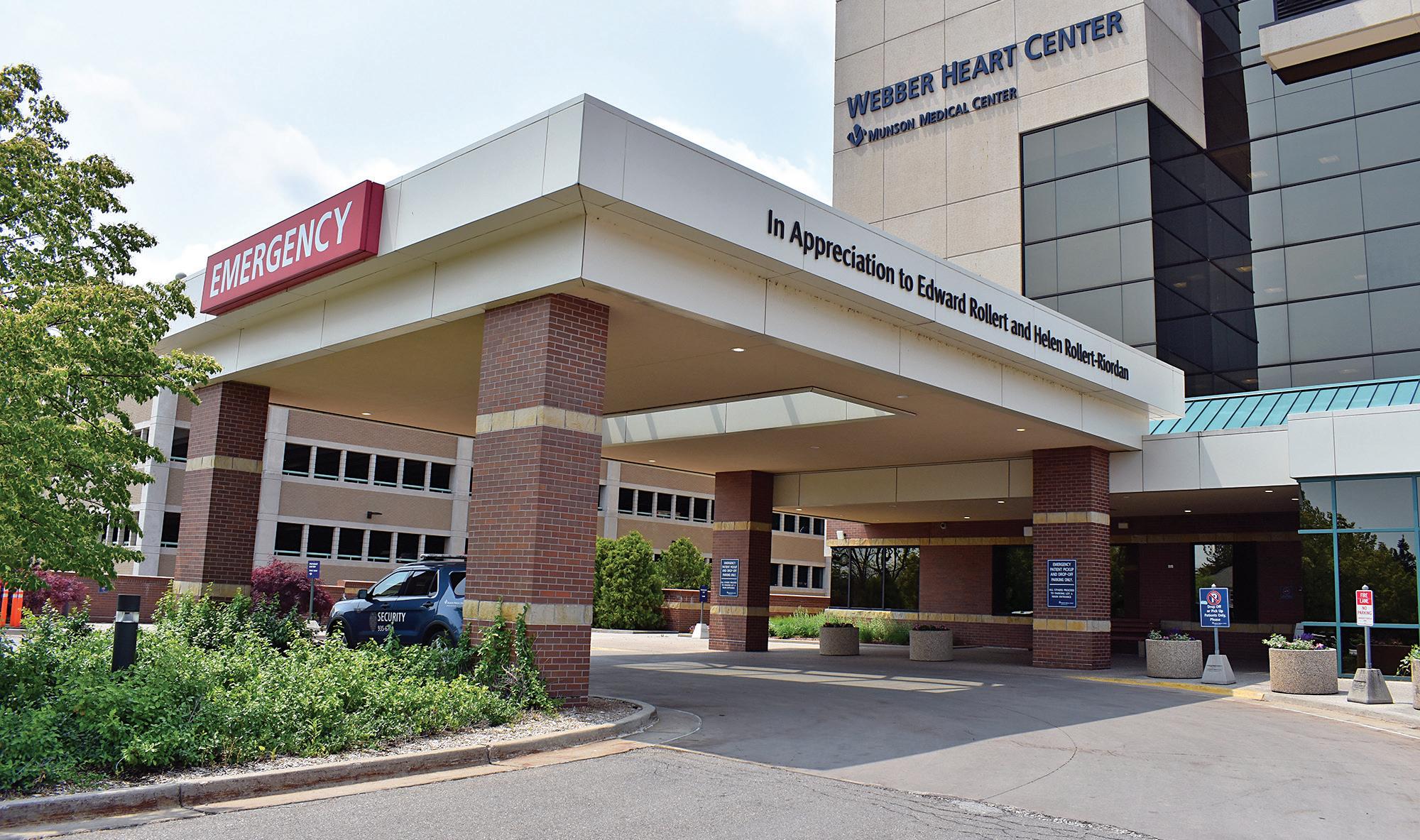
HEALTHCARE: WELLNESS AND VANITY
By Ross Boissoneau
Addiction Treatment Services (ATS) is one step closer to transforming its property at 441 East State St. into a residential care and treatment facility for women, pregnant women, and women with their children.
Paula Lipinski, CEO, says allowing women to bring their children with them would be a huge boon to the program.
“(Not allowing children) has been a big barrier,” she said.
The building onsite has been and is currently used for multi-family housing. In order for ATS to use it as a women’s treatment center, it needs a special land use permit.
The Traverse City Planning Commission voted last month to move that request to the City Commission, which will take up the matter at its meeting this month. It will review and either approve or deny the request.
“We are one step closer to opening our women’s program,” said Lipinski. “There’s a huge need in the community.”
At this time, there are no other facilities like it. The closest are in Sault Ste. Marie and Flint.
Lipinski said the average stay would be between 30 and 60 days. The facility would be staffed 24 hours a day, seven days a week, with up to four staff working during the day and two employees working in the evenings.
In addition, medical staff would be available on call 24/7, as would Lipinski and the ATS chief clinical officer.
Lipinski said the proposed women’s treatment center received a thumbs-up from those around the property when ATS hosted an open house with neighbors to discuss the project.
“It’s being a good neighbor,” she said. “We got good feedback.”
ATS bought the property in 2018 from the Women’s Resource Center, which ran a residential shelter for women and their children called Sara’s House. According to a memo from City Planning Director Shawn Winter, it was previously a rooming house for women and their children called Miracle Manor.
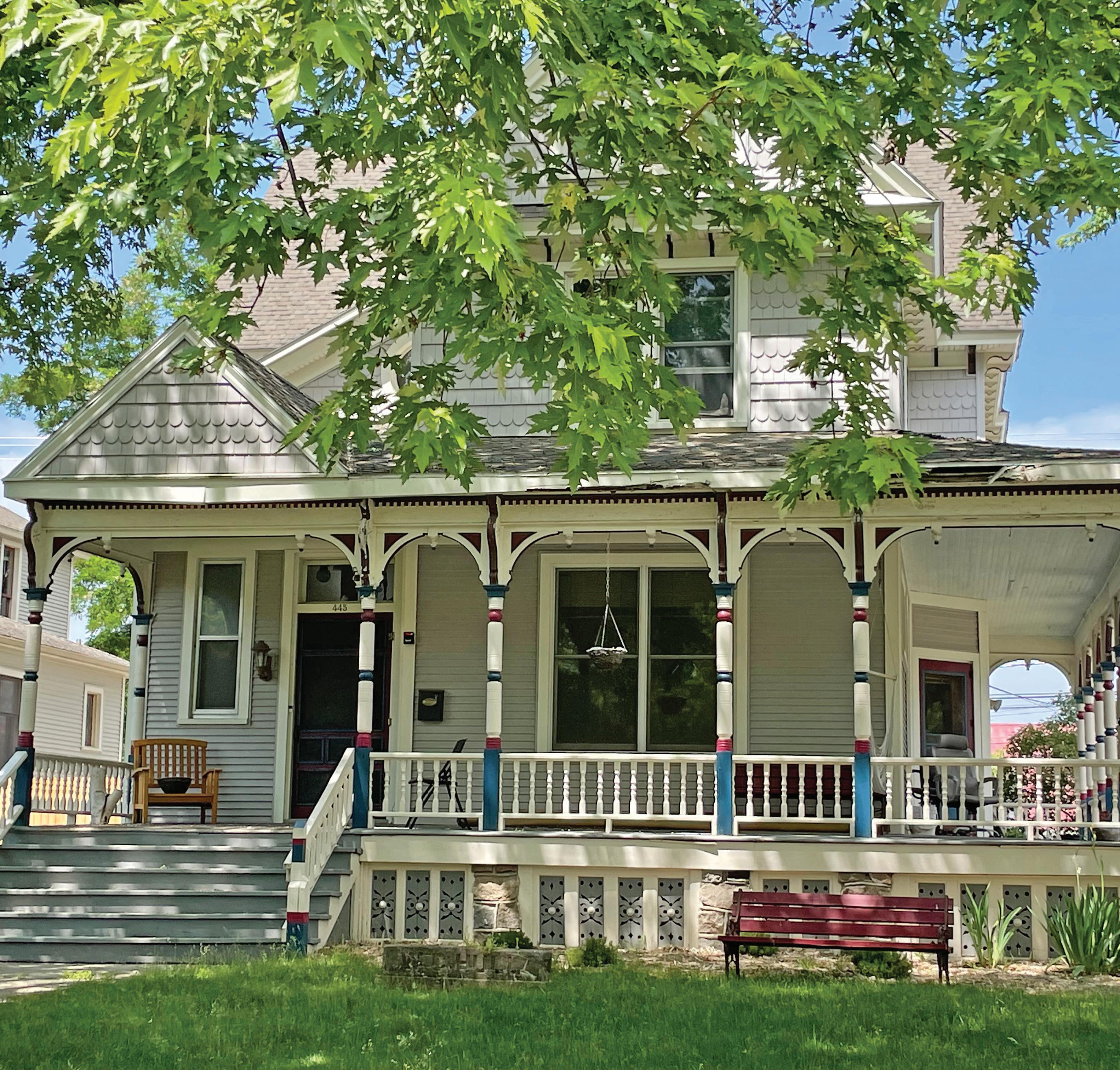
“There’s been a long history of this property providing residential care to women and their children who are experiencing various needs,” he noted in the memo.
That led to the request from ATS, which needed a special use permit specifically for the treatment side of care for substance use disorder, Lipinski says.
Lipinski said the use of the term “substance use disorder” rather than “addiction” or other terms is very deliberate.
“It’s the correct medical diagnostic term; it is a disease of the brain,” she said, and has the connotation of an illness rather than a stigmatizing condition.
ATS has been part of the community for more than four decades. Its slogan is “Hope Happens Here,” with the mis -










